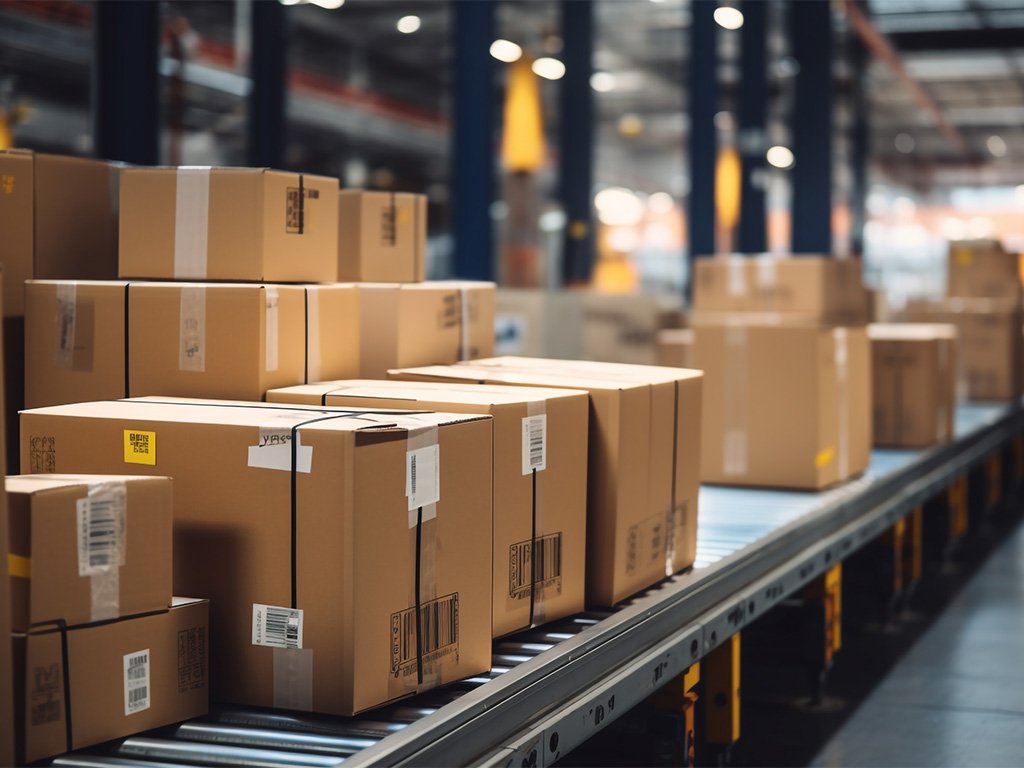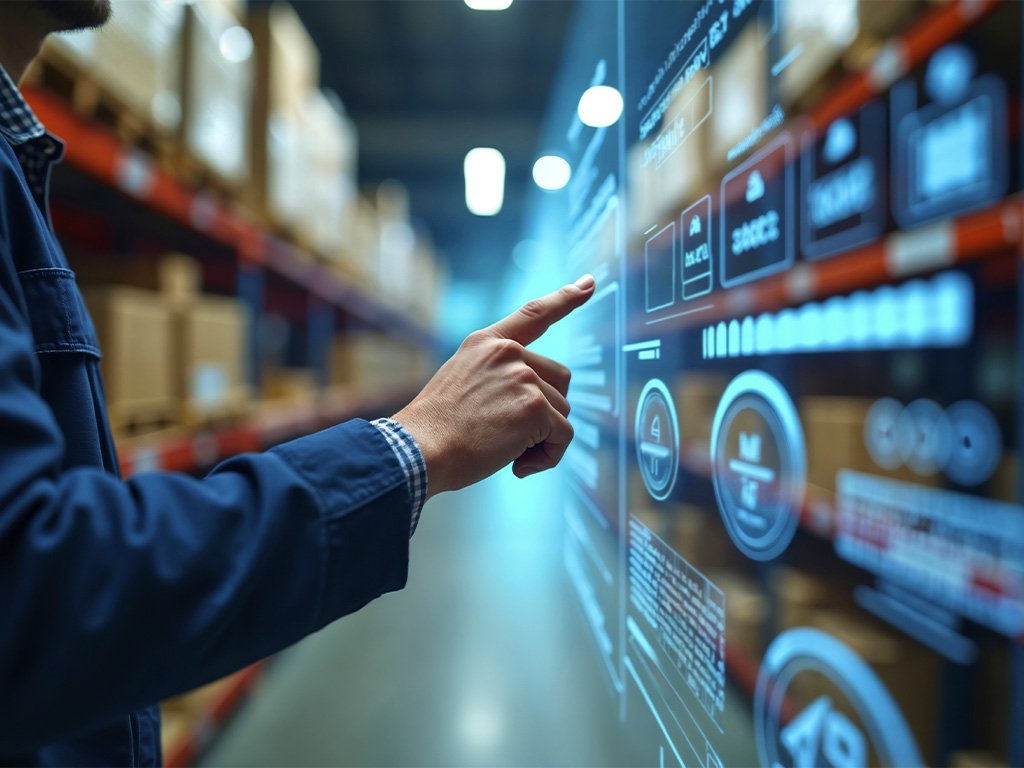
The Future of Warehousing: How AI and Automation Are Transforming Supply Chains
The warehousing industry is experiencing a transformation driven by AI and automation. These technologies are addressing critical challenges and setting new standards for efficiency and innovation. Key advancements include:
Demand Forecasting: Inexpensive, with low implementation costs for hardware and software.AI-powered systems analyze historical data, market trends, and seasonal patterns to predict demand accurately- Inventory Optimization: AI helps allocate storage space efficiently and identifies slow-moving inventory to minimize waste.
- Decision Support:Machine learning algorithms provide actionable insights to improve operations and reduce costs.
Autonomous Robots: Robots handle picking, packing, and sorting with speed and precision, reducing reliance on manual labor.- Drones: Conduct inventory audits in large warehouses, scanning barcodes or RFID tags from above.
- Automated Guided Vehicles (AGVs): Move goods within warehouses, improving efficiency and reducing transportation delays.
- Conveyor Systems: Streamline goods movement, integrating with automated sorters for faster order fulfillment.
- Combining AI, RFID, and IoT creates fully interconnected warehouses that provide real-time data on inventory status, location, and movement.
- Enhances adaptability by quickly responding to disruptions and market changes.
AI Integration:
Automation:
Interconnected Systems:
For many businesses, hybrid systems combining barcodes and RFID provide a balanced solution that scales with their evolving needs.




